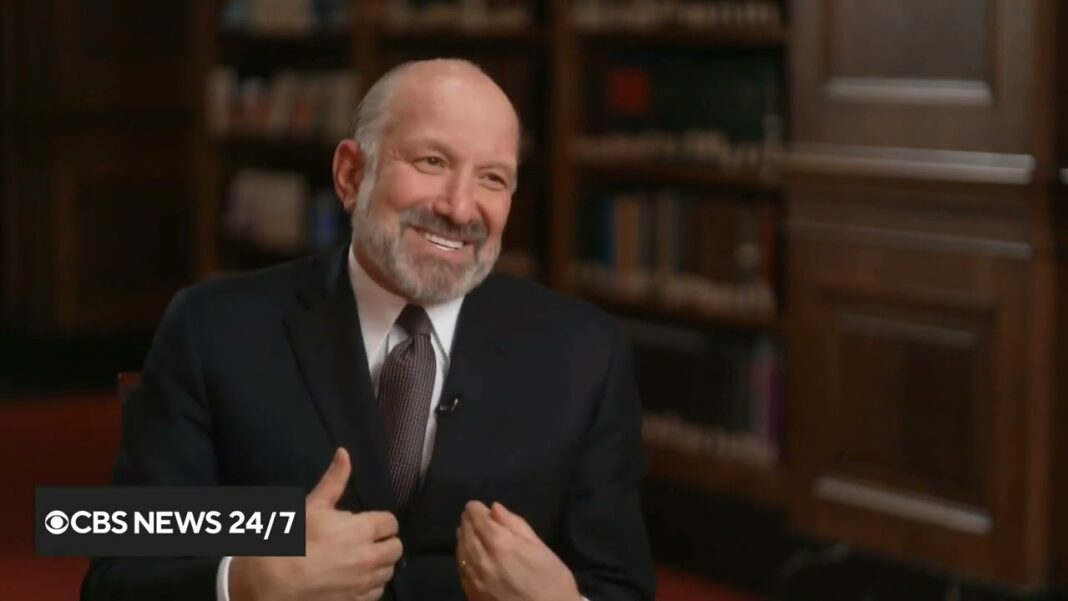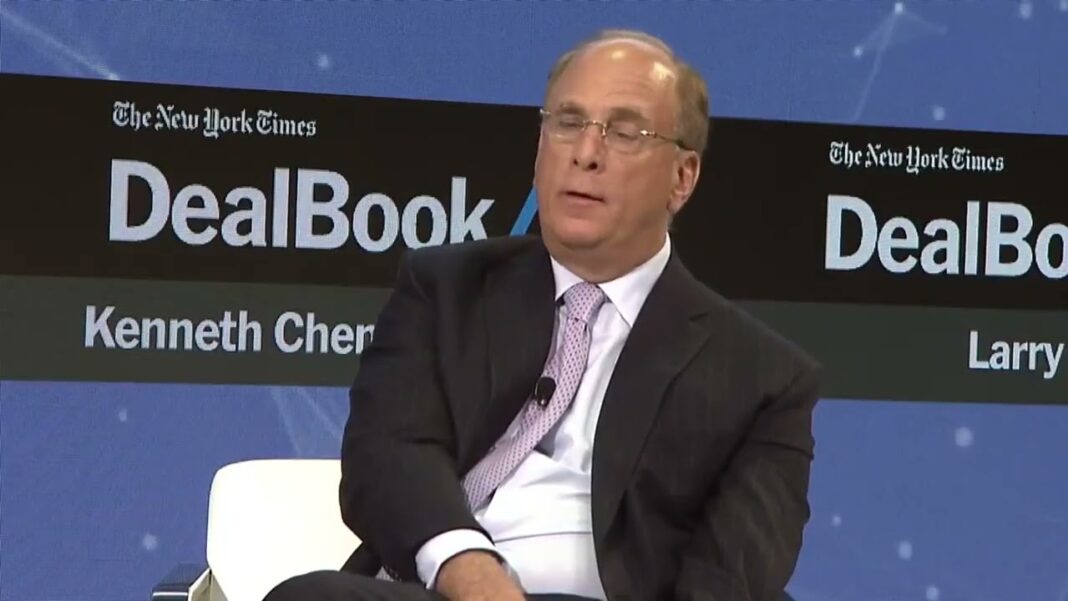
The workers will be cut in the next 30 days through a voluntary early retirement program, according to U.S. Postmaster General Louis DeJoy.
U.S. Postmaster General Louis DeJoy told Congress on Thursday that he has signed an agreement with the Department of Government Efficiency (DOGE) and the General Services Administration (GSA) to work with the U.S. Postal Service.
In a letter sent to congressional lawmakers, DeJoy said DOGE and the GSA will assist the independent government agency in “identifying and achieving further efficiencies.”
“This is an effort aligned with our efforts, as while we have accomplished a great deal, there is much more to be done,” DeJoy wrote. “We are happy to have others to assist us in our worthwhile cause. The DOGE team was gracious enough to ask for the big problems they can help us with.”
DeJoy said DOGE and the GSA will focus on reviewing the “mismanagement of our self-funded retirement assets and the actuarial miscalculations of our retirement obligations.”
They will also look into what he described as the “mismanagement of our Workers’ Compensation Program,” which he said results in $400 million a year in excessive charges when compared to private industry practices.
They will review what DeJoy called the “unfunded mandates imposed on us by legislation,” that, for the most part, require the agency to “perform costly activities without providing any supporting funding.”
DeJoy compared this to the likes of UPS or FedEx providing services to the federal government without charging for them and said it costs the agency between $6 billion and $11 billion annually.
DOGE and the GSA will look into “burdensome regulatory requirements restricting normal business practice,” he said.
DeJoy added that such requirements have cost the postal service over $50 billion in damages by encumbering it with “administering defective pricing models and decades old bureaucratic processes.”
“It has long been known that the Postal Service has a broken business model that was not financially sustainable without critically necessary and fundamental core change,” DeJoy said. “Fixing a broken organization that had experienced close to $100 billion in losses and was projected to lose another $200 billion, without a bankruptcy proceeding, is a daunting task.”





